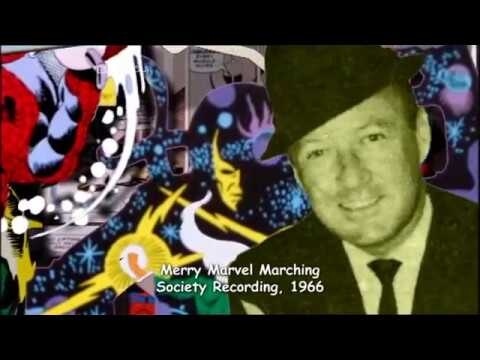R.I.P. Spider-Man co-creator Steve Ditko

Steve Ditko, the legendary and reclusive creator or co-creator of some of the most popular characters in comic book history—including Spider-Man, Doctor Strange, and even recent fan-favorites like Squirrel Girl—has died. Famous in later years as much for his politics and his hatred of publicity as for his numerous accomplishments, Ditko nevertheless almost single-handedly redefined the look and feel of American comics in the 1960s and 1970s, introducing characters—like weedy, anxious teen Peter Parker—whose human nature was often as important as their superhuman feats.
A comics fan from a young age, Ditko began obsessively studying his artform from the ’40s onward, working under famed artists like James Robinson, Joe Simon, and Jack Kirby. He eventually caught the eye of a young Stan Lee, who brought him in to draw a number of features for Marvel (then Atlas) Comics. Ditko seemed to thrive under Lee’s semi-infamous “Marvel Method”—in which Lee, as writer, provided one-sentence descriptions for stories and books, while his artists did the majority of the heavy lifting on storytelling, pacing, etc.—producing numerous short tales under the Amazing Fantasy line of books. The most famous of these now, of course, is 1962's Amazing Fantasy #15, a.k.a. the comic book debut of Peter Parker, The Amazing Spider-Man.
It’s telling that Ditko—who designed the character’s costume, web-slinging gimmick, and more—only got the job because Lee was unhappy with Jack Kirby’s designs for a new “teen” hero, which had a far bulkier, lantern-jawed look than what Ditko eventually produced. Amazing Fantasy #15 was a huge success for the company, leading to an on-going title (and billions of dollars in comic, movie, and TV revenue ever since), with Ditko as the artist for the first 38 issues. His run on the title not only included the invention of iconic villains like the Green Goblin, Doctor Octopus, The Lizard, and more, but also some of the most celebrated art in all of comics history; the sequence from The Amazing Spider-Man #33, in which Spidey musters the strength to pull himself out of the rubble of a flooding building, is one of the most recognizable pages in Marvel’s entire library. (More recent fans might recognize an homage to it during the latter half of last year’s MCU film, Homecoming.)
